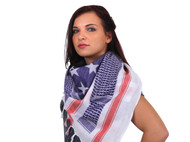Why Your Bug-Out Bag Should Contain a Shemagh Scarf
Posted by: Fatigues Army Navy Outdoor Gear on 31st Oct 2023
Knives and multi tools. MREs. Candles, lighters, flashlights, batteries. First aid essentials. Warm clothes.
These are some of the things that your bug-out bag should contain. Basically, if you could need it in a survival situation, it should be there.
So let’s talk a little about a lesser-known accessory that should still be in your bug-out bag or trunk pack: a shemagh scarf.
Here’s what it is and why you should carry one.
What Is a Shemagh Scarf?
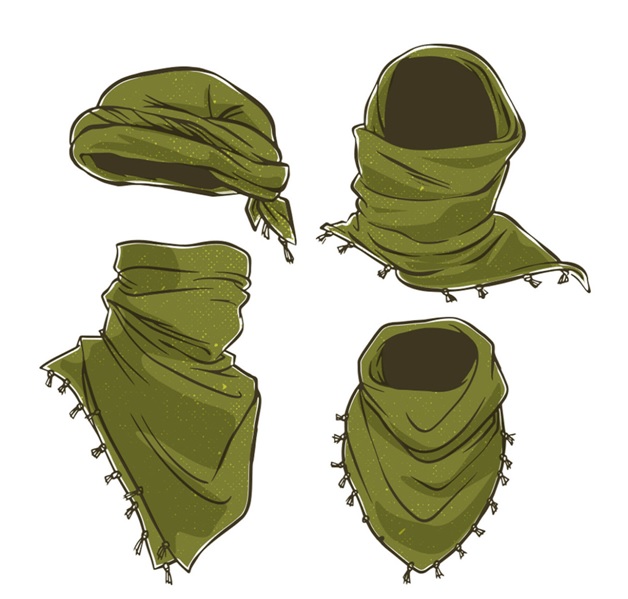
The shemagh scarf, also known as a keffiyeh or Arab scarf, is a piece of traditional headwear originating in the Middle East.
Made of woven cotton cloth and worn draped around the shoulders, head, and face, it protects the wearer against the harsh desert sun, and against wind and sand, too.
But there are many other practical uses for a shemagh.
20 Uses for a Shemagh Scarf
Got space in your bug-out bag for a shemagh scarf? Then you can use it for the following, if you ever need to.
- As a blanket: While a shemagh is a bit light, you can still improvise with one as a blanket to keep you warm, as long as the temperatures aren’t too extreme.
- As a pillow: Out camping but left the pillow at home? No worries; bundle up some clothing and stuff a shemagh, and use that. Or, you can just fold the shemagh over on itself a few times.
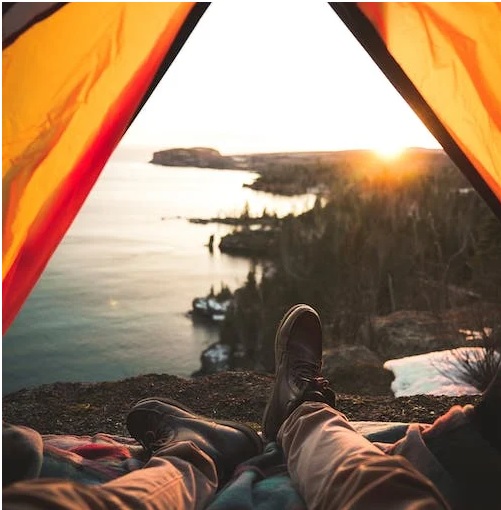
- As a sling: Need a way to immobilize and support a limb, quickly? Measured and sized appropriately, and tied end to end, a shemagh scarf will work in a pinch.
- As a tourniquet: Wrapped around a wounded limb, tied at the end, and wound tight using a stick, a shemagh can stop bleeding, fast, and a tourniquet (though they should only be applied when absolutely necessary) can save a life.
- As a bandage: Forgot to pack gauze or bandages in your pack? Worry not, if you have a shemagh. Just cut a small length and bind it in place to stop bleeding or protect a wound.
- As a towel: No towel or rags? No problem. Cleaning up is easy if you have a spare shemagh and no other options at your disposal. There are a million and one uses in this capacity.
- As a pot holder: Handling hot cookery in camp can be dangerous, especially if you’re cooking with cast iron. If you need a potholder in a pinch, unwrap your shemagh and use that instead.
- As a basket: No way to carry your spare goods? Tie up the corners of your shemagh and use that as a makeshift basket. This is also useful if you’re ever out gathering in the woods. You can use your shemagh as an improvised basket for gathering mushrooms, berries, and other forage.
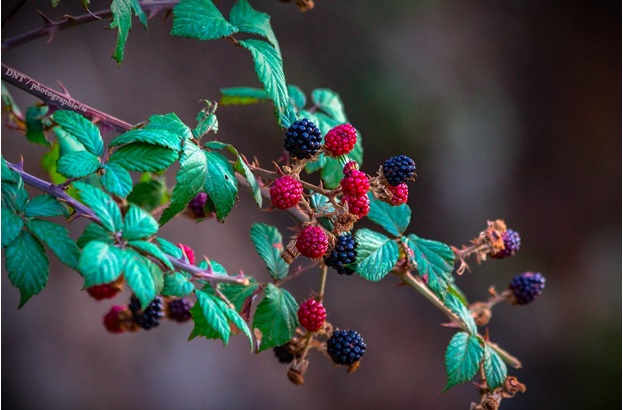
- As a bindle: Ever heard of a bindle? It’s an antiquated (somewhat pejorative) term for the manner in which wanderers tied up and carried their goods. Tie up the ends of the shemagh, roll up your goods, tie it to a stick, and be on your way.
- To keep cool: Too hot out? Here’s a little trick. Dip your shemagh in some cool water and then wrap it around your neck. It will carry away heat and cool you off effectively through evaporative cooling. Just make sure of one thing: this technique only works in dry conditions. If it’s humid, it won’t work.
- To keep warm: A shemagh won’t blow you away with its insulative properties, but it’s better than nothing if the mercury dips and you have no other cover.
- To filter water: A shemagh can provide a decent means of mechanical filtration of water. If your only water source is tainted by silt or sand, filter it through the shemagh before boiling it to neutralize biological impurities. (Carrying a dedicated water filter is better, though).
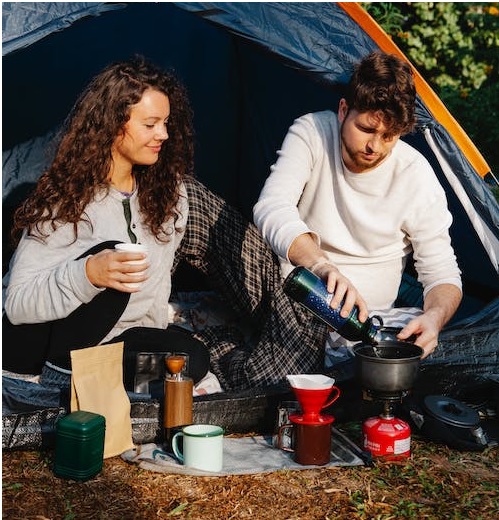
- To keep hidden: One of these scarves in a dull, drab color scheme that’s similar to the backdrop of your environment can help keep you covered and out of sight in the bush. You can also use one to break up your outline or conceal your facial features.
- As a dust/smoke mask: Wet the scarf, then hold it up against your nose and mouth to filter out smoke and dust. Not the best solution, but in the short term it can help.
- As a DIY-binding: Don’t have any paracord or rope? A shemagh may be a serviceable solution. If you’re really sore pressed, you can even cut it into strips to stretch its use even further.
- As a firestarter: If you’re ever in the bush and need a firestarter, cut off a thin strip of a shemagh and use that. Just make sure you only use this technique with pure cotton scarves as synthetics will melt and not burn well. You can stretch the burn time by adding a few drops of butter, oil, pine pitch, tar, or vaseline to the fabric.
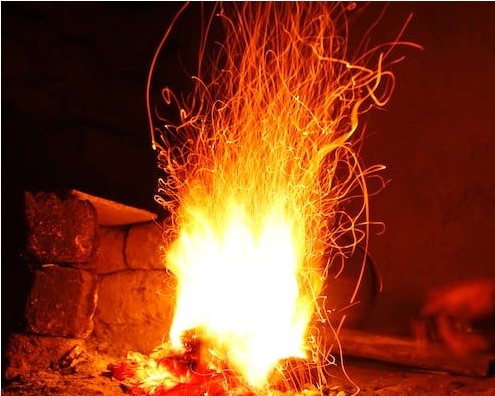
- As a belt: If you ever lose your belt or forget one, you can bind a shemagh about your waist and use that instead - in a pinch.
- For signaling: There are two ways, here. You can tie the scarf to a stick and use it as a flag or lay it out on the ground to attract attention from the air.
- For cleaning: Use it as a sweat rag, to help clean the pots or dishes, or to clean a wound (as long as it’s clean).
- As a trail marker: Don’t get lost in the woods. Use small strips of a shemagh scarf to mark a trail.
One Mind, Many Weapons: The Infinite Utility of a Shemagh Scarf
As they say in the military, “one mind, many weapons,” or, more aptly, “one mind, any weapon.”
A shemagh scarf, like any tool, is as useful as your ingenuity. Problem-solving and critical thinking are the real winners here.
Therefore, let this list be only a guide, and not definitive. There are many other uses for a shemagh. Once you think of them, you’ll be glad you had one in your pack!

